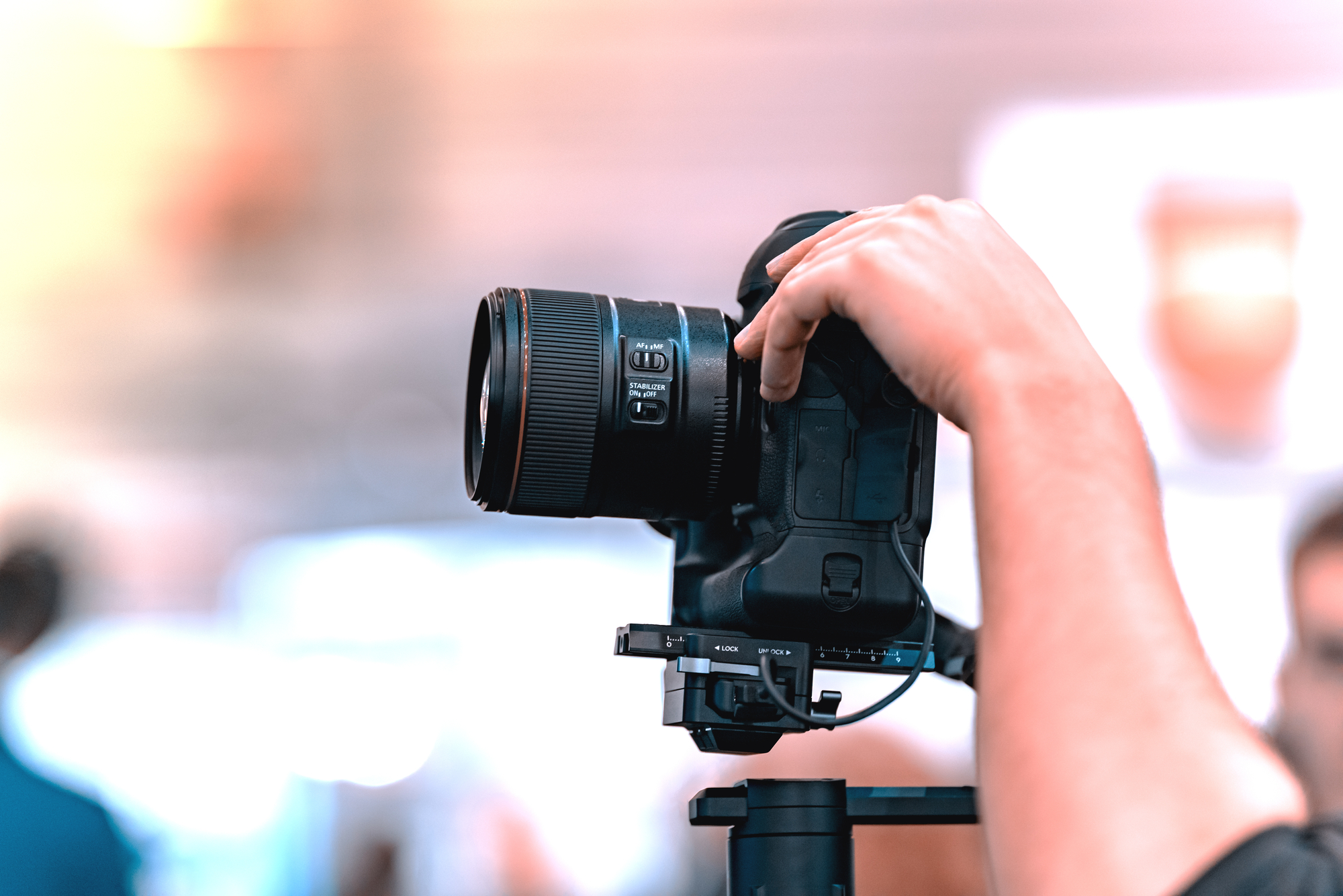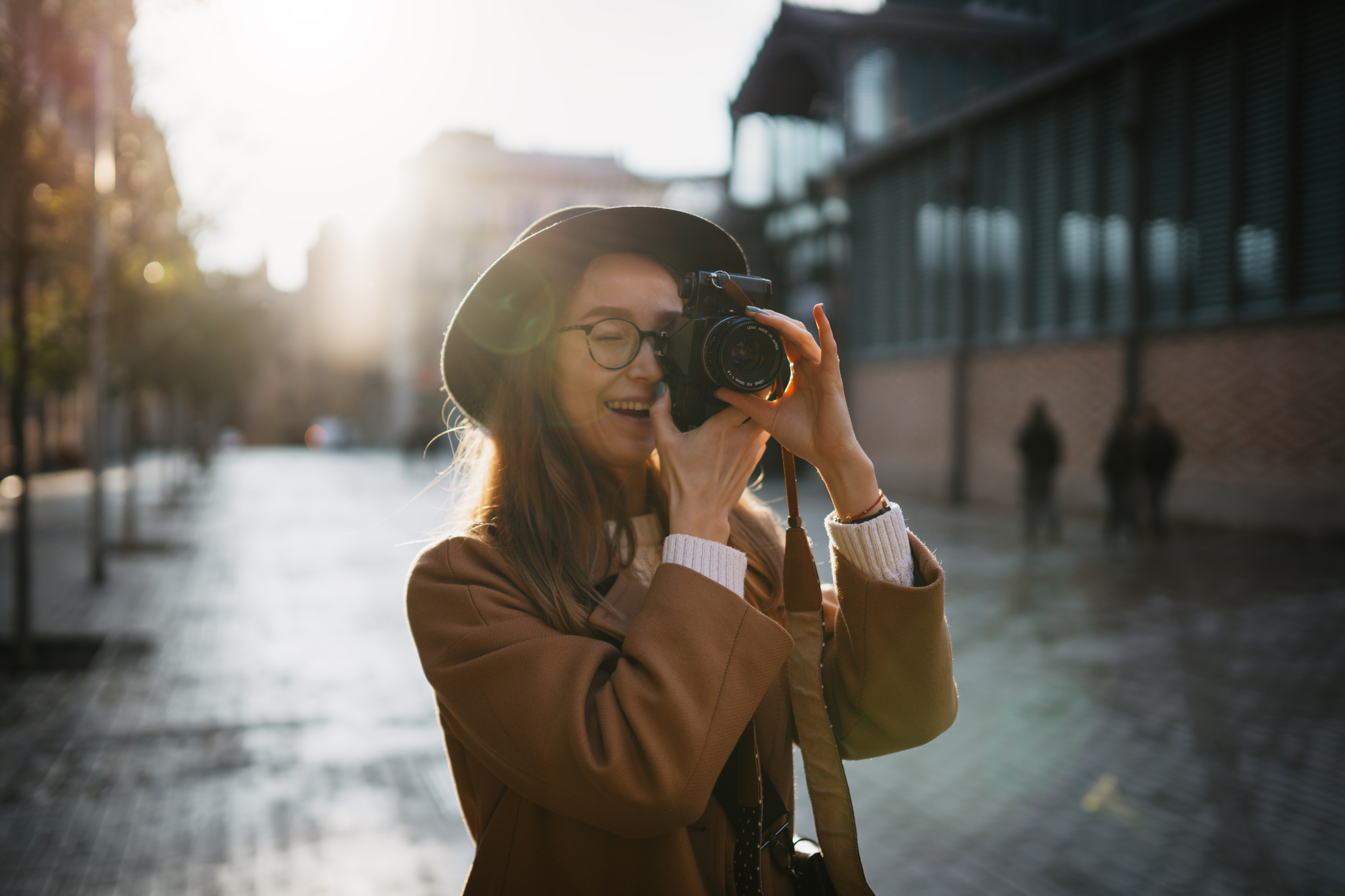What is the Back Button Focus?
Back button focus is a shooting innovation that has detached focus from the shutter and put them into their own individual camera buttons. The first back button focus (bbf) appeared in Canon’s EOS 630 35mm film camera in 1989, and now all modern Canon EOS DSLRs have it. Now, the shutter’s primary function is to take photos, while bbf gently switches focus modes and effortlessly locks them. Back button focusing is all about performance and reducing focus errors. It takes some time to get used to, but bbf pics are worth trying.
Benefits of Using Back Button Focus
As we’ve already mentioned, you should get used to bbf. Once you experiment with this mode, you’ll never return to the shutter button. We want to emphasize five primary advantages of setting up back button focus on your camera. Check them out:- Say goodbye to refocusing
- Extend your battery’s life
- Get rid of focusing errors forever

- Switch from continuous and single autofocus without delays
- Master macro photography in two clicks

How to Switch Back Button Focus Mode On
We have already told that back button focus is a button (AF-ON) on the back of the camera, while some other tools are equipped with AE/AF-L button. It always differs, even on cameras of the same brand. In this case, you can follow this manual:- Setting up Back Button Focus on Nikon
- Setting up Back Button Focus on Canon









